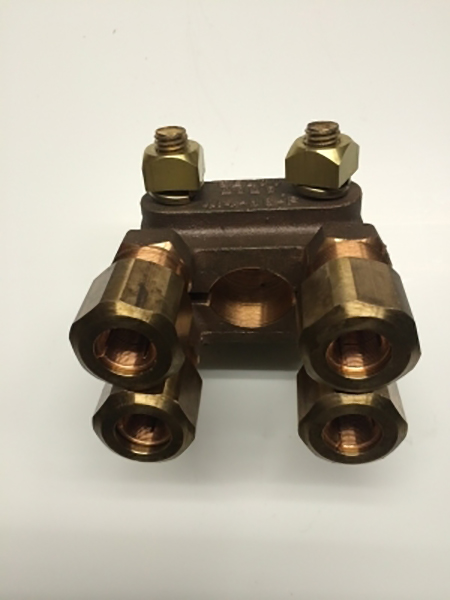DC Power Distribution

DC Power Distribution
At Selco, we have more than 100 years of experience providing DC power distribution products that facilitate the use of DC technologies in a comprehensive range of industries and applications.
The Basics of DC Power Distribution
While alternating current changes direction periodically, direct current produces a constant unidirectional voltage or current. The production of DC power can occur in several ways, including:
- Equipping an AC generator with a commutator
- Using a rectifier to convert AC to DC
- Creting a chemical reaction inside a battery to generate DC power
Most DC sources provide a constant voltage over time, though voltage decreases when a battery loses its charge. While AC is popular as an efficient method to transmit power into homes and businesses from power plants, the greater voltage consistency of DC makes it useful for powering a broad range of modern 21st–century devices—most notably smart devices, laptops, and most other portable electronics. Some of the factors driving increased demand for DC power distribution capabilities include:
- Improvements in AC/DC conversion technology
- Increased focus on solar and wind energy generation
- Greater reliance on low-voltage DC power in office and household appliances
- Incresed need to eliminate harmonic issues
- Higher emand for DC backup systems to avert power supply disruption
These factors, among others, have led to both small– and large–scale conversions from AC to DC power.
Why DC Currents are Best for Mass Transit
The current in the overhead lines of a mass transit train can be either AC or DC. When these lines are AC, the current enters a transformer within the train engine to reduce its voltage, and then a rectifier converts the current to DC.
To start a transit train from a dead stop requires a high amount of torque for the train to get traction and start moving. A DC series motor allows for, theoretically speaking, infinite torque. However, once the train is moving, the DC current is transferred to a shunt motor. Shunt type DC motors allow for greater speed and speed control, which makes it the more efficient option for controlling the train.
Some metro commuter train systems run directly on DC power. Due to the use of DC motors to drive these trains, some mass transit systems opt for DC power distribution to eliminate the need for the rectifier.
DC Power Distribution Products
At Selco, we offer a variety of DC power distribution products that suit the needs of mass transit and many other applications. Our product line includes:
- Terminating connectors
- Splice connectors
- DC disconnects
- Sectionalizing switches up to 6000 amps
- Wayside power
- Snow melting equipment
- Stinger systems and control panels
- Cabinets